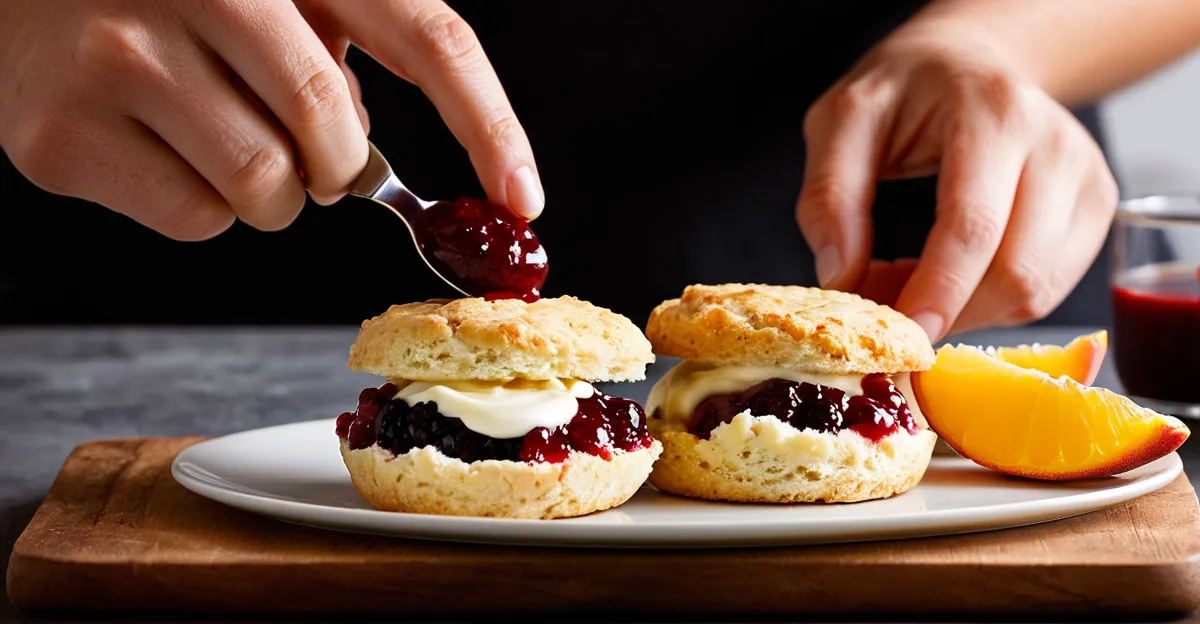Essential Ingredients and Tools for Perfect Scones
Crafting traditional scones hinges on using the right scone ingredients and essential baking tools. The core ingredients include self-raising flour, unsalted butter, caster sugar, milk, and a pinch of salt. These basics create the tender, crumbly texture scones are known for. High-quality butter is crucial because it impacts both the richness and flakiness of the final product.
Equally important is the choice of clotted cream and jam, which elevate the humble scone into a classic treat. Authentic clotted cream offers a thick, silky texture and a slightly nutty flavour that pairs beautifully with sweet, tangy jams like strawberry or raspberry. Opting for premium, fresh cream and artisanal jams can make every bite memorable.
Also to see : What are the best techniques for making homemade fish and chips?
To achieve the perfect rise and even baking, several baking tools are recommended. A sharp round cutter is essential for shaping scones cleanly without compressing the dough. A baking sheet lined with parchment paper ensures the bottoms don’t burn and encourages even cooking. Additionally, a pastry brush is handy for glazing the tops with milk or egg wash to create a golden finish. Using these tools in combination with quality ingredients helps guarantee authentic scones that are both visually appealing and delicious.
Step-by-Step Guide to Making Traditional Scones
Mastering how to make scones begins with combining key scone ingredients correctly. Start by rubbing cold unsalted butter into self-raising flour until the mixture resembles coarse breadcrumbs. This step is crucial to trap air, which helps the scones rise and remain tender.
In parallel : What are the key ingredients for a perfect bangers and mash?
Next, gently stir in caster sugar and a pinch of salt to balance flavour. Add cold milk gradually, mixing lightly to form a soft, slightly sticky dough. Avoid overworking the dough; too much handling can activate gluten, resulting in dense scones rather than the desired flaky texture.
For shaping, pat the dough to about 2 cm thick on a floured surface. Use a sharp round cutter to stamp out scones, pressing straight down without twisting. Twisting seals the edges and can prevent an even rise. Place the shapes close but not touching on a parchment-lined baking tray.
Bake in a preheated oven at 220°C (425°F) for 12-15 minutes until golden and well-risen. A hot oven encourages a quick rise and creates a tender crumb. Visual cues include a golden top and lightly browned base, ensuring the traditional scones are crisp outside and fluffy inside.







